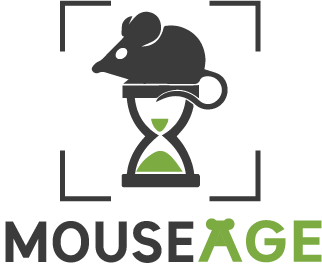
Photographic Aging Clock in Mice
(Aging is a Terminal Disease)
Project Objectives
Carry out a pilot project to demonstrate that it may be possible to develop reliable photographic biomarkers of aging without sacrificing animals
Develop the first photographic biomarkers of aging in mice
The Reality of Animal Experiments
95% of all lab animals are mice and rats (according to the Foundation for Biomedical Research)
A lot of mice and rats are used annually in U.S. laboratories
Often mice need to be sacrificed to obtain molecular data. Photographic markers may provide more data on aging and health status and support the use of fewer mice in experiments
Mouse is the main model organism in aging research
The aim of MouseAge is to develop an easy-to-use platform for researchers that will help conduct diverse experiments in aging and lifespan control using fewer animals.
Click here to download the MouseAge app.
Click here to download the MouseAge app.
The aim of MouseAge is to develop an easy-to-use platform for researchers that will help conduct diverse experiments in aging and lifespan control using fewer animals.
Many Experiments Require Age Prediction
Human Age
Perceived age
A person's age can be guessed by other people.
DNN
Deep Neural Networks can predict human age.

Mouse Age
Perceived age
A human cannot make an accurate prediction of mouse age.
DNN
Deep Neural Networks can predict mouse age.
Milestones
1

Design a protocol for making pictures and videos of mice.
2

Develop a mobile app and server infrastructure for image data collection.
3

Develop and test algorithm for mouse age prediction.
4
Make feature extraction to investigate visual biomarkers of aging in mice.
5

Create a central data repository.
6

Transfer learning of visual biomarkers to other models.
7
Visual aging biomarkers transfer to human.
Caricatures by S. Korsun developed to support this project
Meet our Team
Alex Zhavoronkov
Research co-lead
Alexander Zhavoronkov, PhD, is the CEO of Insilico Medicine, Inc, a Baltimore-based company applying the latest advances in artificial intelligence to drug discovery, biomarker development, and ageing research. He is the Chief Scientific Officer of the Biogerontology Research Foundation, a UK-based registered charity supporting ageing research worldwide.
LinkedIn
Vadim Gladyshev
Research lead
Vadim Gladyshev is Professor of Medicine at Brigham and Women's Hospital, Harvard Medical School, and Associate Member of the Broad Institute. He is also Director of the Center for Redox Medicine. Dr. Gladyshev' lab applies high throughput and computational approaches to understand mechanisms of aging, control of lifespan and redox regulation of cellular processes. Dr. Gladyshev has published approximately 300 articles and has been elected as an AAAS fellow. He is a recipient of the NIH Director's Pioneer Award to study mechanisms of longevity. His laboratory has recently developed the first biomarkers of aging in mice based on blood DNA methylation.
Nastya Georgievskaya
Project lead
Anastasia is the General Manager of Youth Laboratories, a company developing tools to study aging and discover effective anti-aging interventions using advances in machine vision and artificial intelligence. She has a degree in bioengineering and bioinformatics. She won numerous math and bioinformatics competitions and successfully volunteered for some of the most prestigious companies in aging research.
LinkedIn
Konstantin Kiselev
Senior Deep Learning engineer
Konstantin is co-founder and CTO at Youth Laboratories. Konstantin holds a masters degree in Theoretical physics from Lomonosov Moscow State University.
He has a broad experience in software development of high-load systems and extensive knowledge in machine learning and big data. Konstantin is approved instructor in NVIDIA Deep Learning Institute.
He has a broad experience in software development of high-load systems and extensive knowledge in machine learning and big data. Konstantin is approved instructor in NVIDIA Deep Learning Institute.
Youngsook Park
Adviser
Sergey Dmitriev
Adviser
Contact Us








